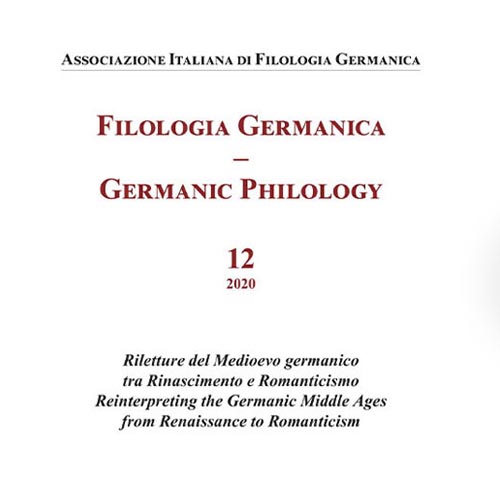Tristrant und Isalde: dal Prosaroman (1484) alla ricezione in epoca romantica del Volksbuch
DOI:
https://doi.org/10.14672/fg.v12i.2550Abstract
Mostly due to Gottfried von Strassburg’s work, the story of Tristan and Isolde had a wide circulation in the German Middle Ages, but it was retold in later times as well. The German reworking Tristrant und Isalde, dating from the end of the fifteenth century, paints a new image of the Middle Ages, suited to the expectations of the audience and adapted to the new cultural and social context. By comparing Tristrant und Isalde with its source-text, i.e. Eilhart’s Tristrant, the first part of this essay aims to highlight alterations in subject matter as well as in language and style. Moreover, the transmission of the printed versions is of particular relevance to this study. Therefore, the first printed edition by Sorg (1484) will be compared with the second by Schönsperger (1498) so as to detect changes and amplifications meant for a larger audience. Finally, the second part of this essay will focus on the reception of Tristrant und Isalde in the Romantic Age. In the light of the debate on the Volksbücher (Joseph Görres, Die teutschen Volksbücher, 1807), different critical interpretations will be evaluated, in order to explain the reasons of its limited circulation if compared to other works of the same genre.
Pubblicato
Fascicolo
Sezione
Licenza

Questo lavoro è fornito con la licenza Creative Commons Attribuzione - Condividi allo stesso modo 4.0.
CC-BY-SA



